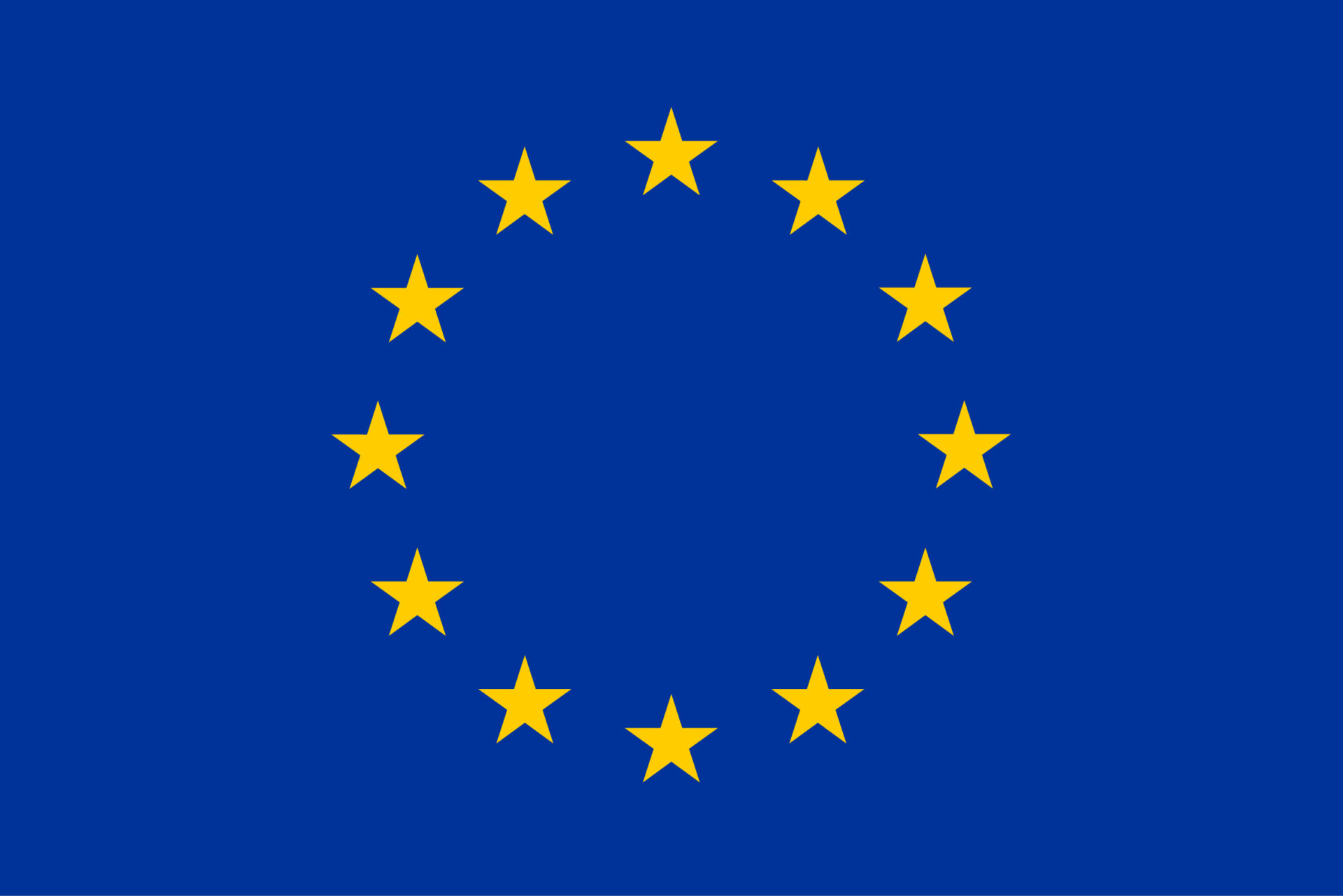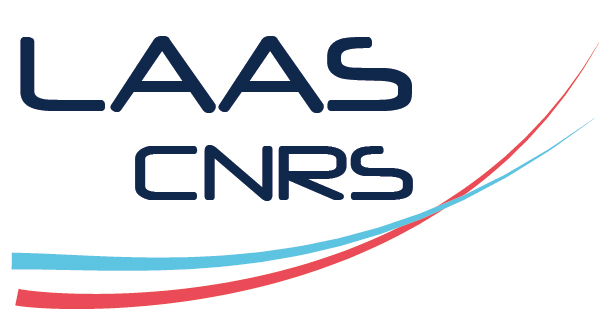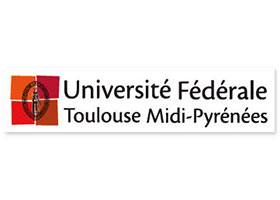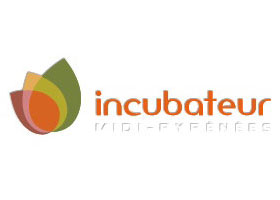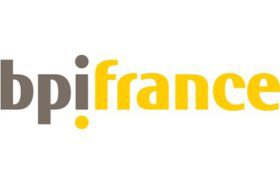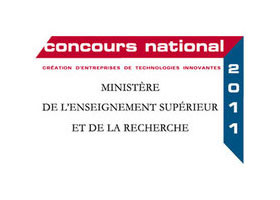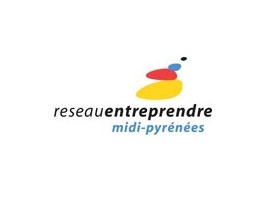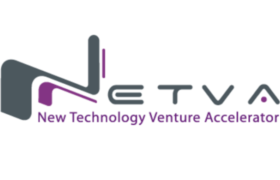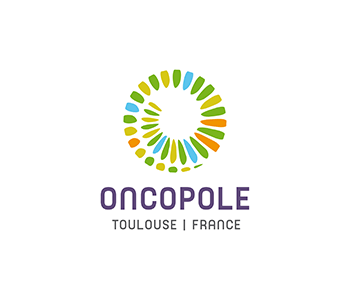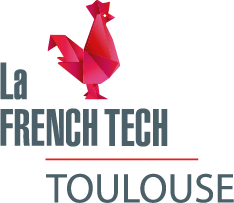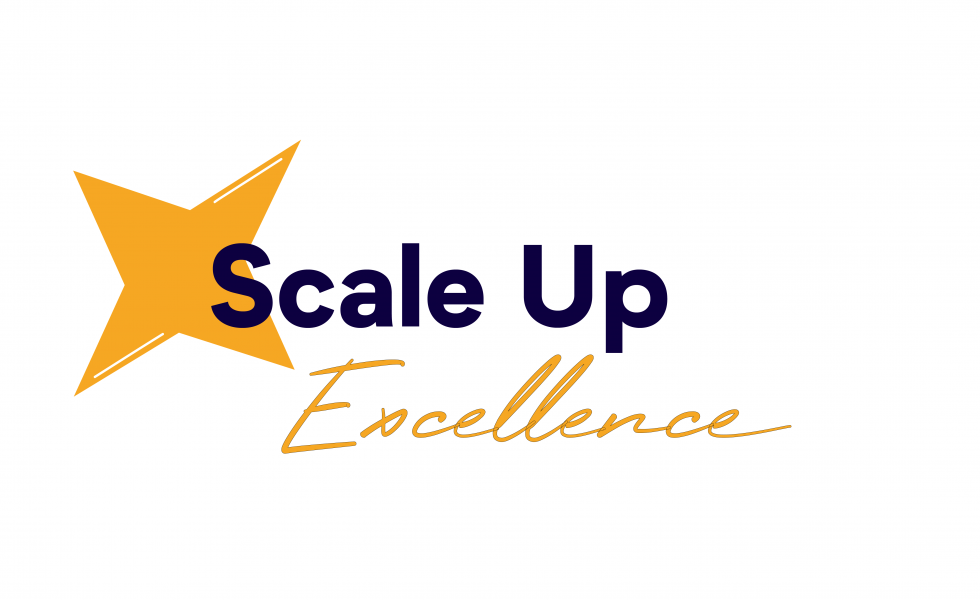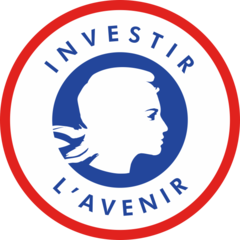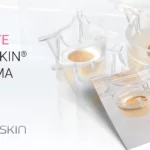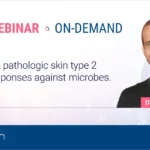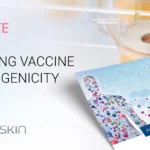Our partners
in skin model development

Expertise
Creating new skin models to help biopharmaceutical, chemical, and cosmetic industries test, adjust and validate their products is what we do best. We always strive to improve and optimize our skin models in order to provide the best tools possible to our customers in the pharmaceutical, cosmetic or chemical industry.

Ideas
We’re very fortunate to have met different partners and assistance from several organizations and public instances to help us on our way. All these people believed in our ideas and helped us to create better and more efficient skin models.
Genoskin is a spin-off from a joint project on skin models lead by the CNRS, the Paul Sabatier and Toulouse Universities with whom we still continue to collaborate at R&D level.
Financial support from the Midi-Pyrénées Region and from the European Regional Development Fund (ERDF) has allowed us to successfully transfer the original know-how developed by our academic partners into a company structure that is capable to optimize the development of human skin models.
The Incubateur Midi-Pyrénées, a business incubator based in Toulouse, provided business support and services to Genoskin when we just started out creating innovative skin models.
Thanks to our new approach to skin models, Genoskin received the Innovative Company Award from the French Ministry of Higher Education and Research as well as The French Agency for Innovation OSEO (now Bpi France) both in 2010 and 2011.
In February 2012, Genoskin also received the Award of the French Entrepreneurship Network ‘Réseau Entreprendre’. Genoskin has benefit from an individual coaching by an experienced entrepreneur, as well as a loan to reinforced company’s equity. Now Genoskin is a member of the “Réseau Entreprendre” trying to give something back to young entrepreneurs.
In July 2014, Genoskin moved in the biotech incubator Centre Pierre Potier located on the Oncopole Campus in Toulouse. There, Genoskin has access to private offices, biosafety-level 1 and 2 laboratories fully equipped, as well as histology and imaging platforms.
In may 2016, Genoskin received the Award of the NETVA program of the Science and Technology Department of the Embassy of France in the US. The NETVA program (New Technology Venture Accelerator ) offers young French innovative startups a personalized support program, analysis of opportunities and development of technology partnerships in the US and Canada.
In December 2017, Genoskin received funding from European Union’s “Fond Européen de Développement Régional (FEDER FSE Midi-Pyrénées Garonne). The FlowSkin™ project is a collaborative research project between Genoskin and research scientist Dr Laurent Malaquin from the LAAS-CNRS research institute. By using state-of-the-art microfluidics technology, the project aims to develop and validate the first vascularized ex vivo human skin model. 2D/3D microfabrication will be employed to develop implantable microfluidic devices to partially reproduce the vascular system of in vivo human skin.
In 2018, the HypoSkin project has received funding from the European Union’s Horizon 2020 research and innovation program under grant agreement No 816289 (SME Instrument).
In 2019, Genoskin has been awarded the Pass Export Occitanie grant from the Region Occitanie in France to support our commercial development in India, Korea, Japan and the USA.
In 2020, Genoskin, in collaboration with SISLEY (lead partner) and SEDERMA, along with the Laboratory of Microbiology Signals and Microenvironment, has been awarded a grant for the innovative project MICCA. MICCA aims to develop a hair cosmetic using natural materials to improve communication between hair follicles and the microbiome, targeting age-related alopecia. The total project amount is €2,334,758, with €436,940 in State grant and €594,399 in grant from Region Occitanie and Region Normandie.
In April 2021, Genoskin joined French Tech Toulouse and was selected to be part of the Scale Up Excellence program. This program is dedicated to recognizing and supporting start-ups in their hypergrowth phase.



